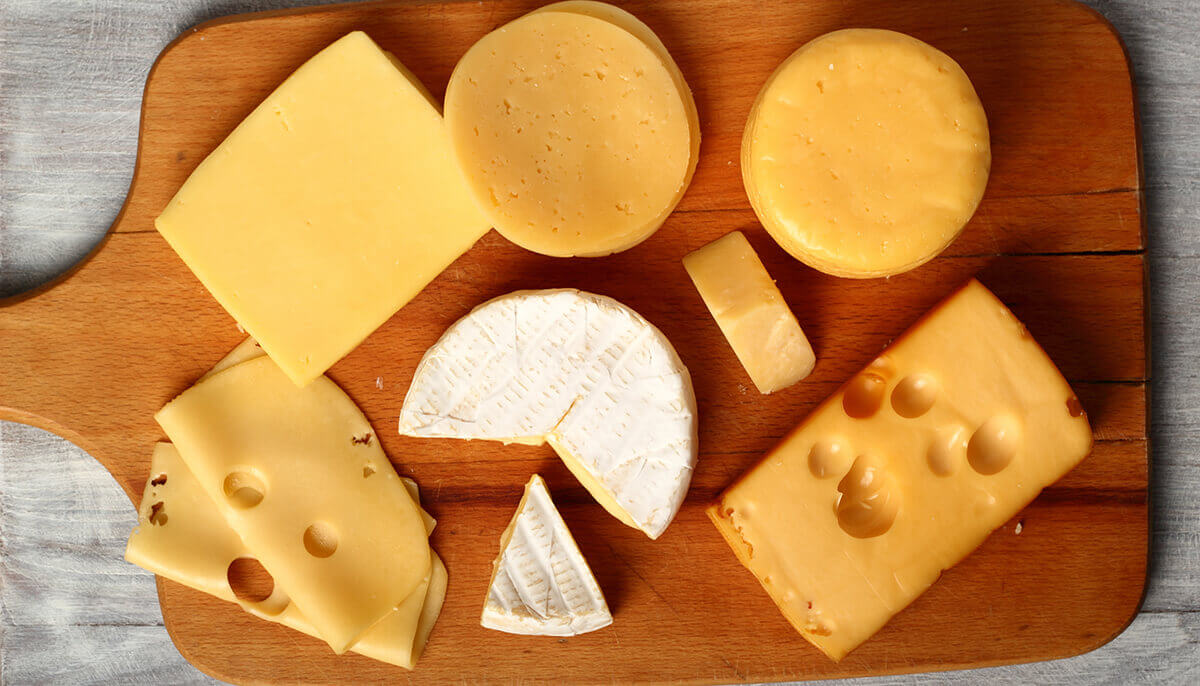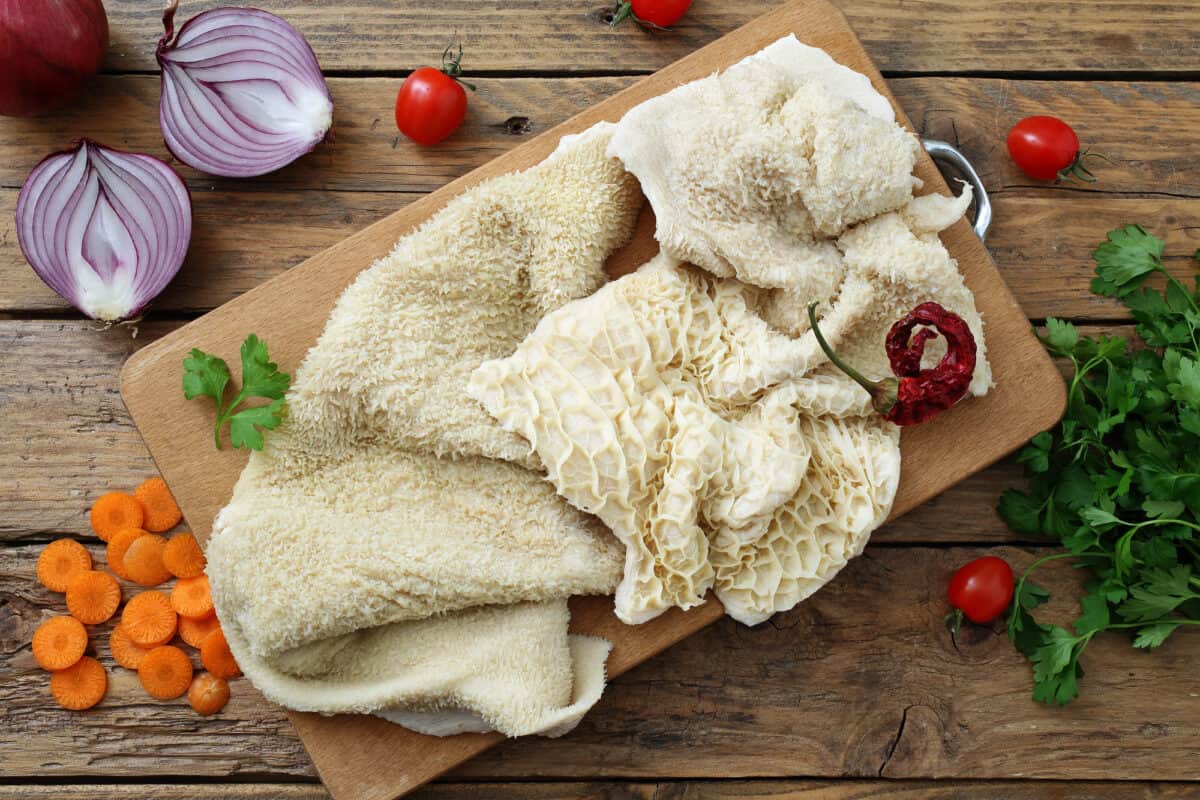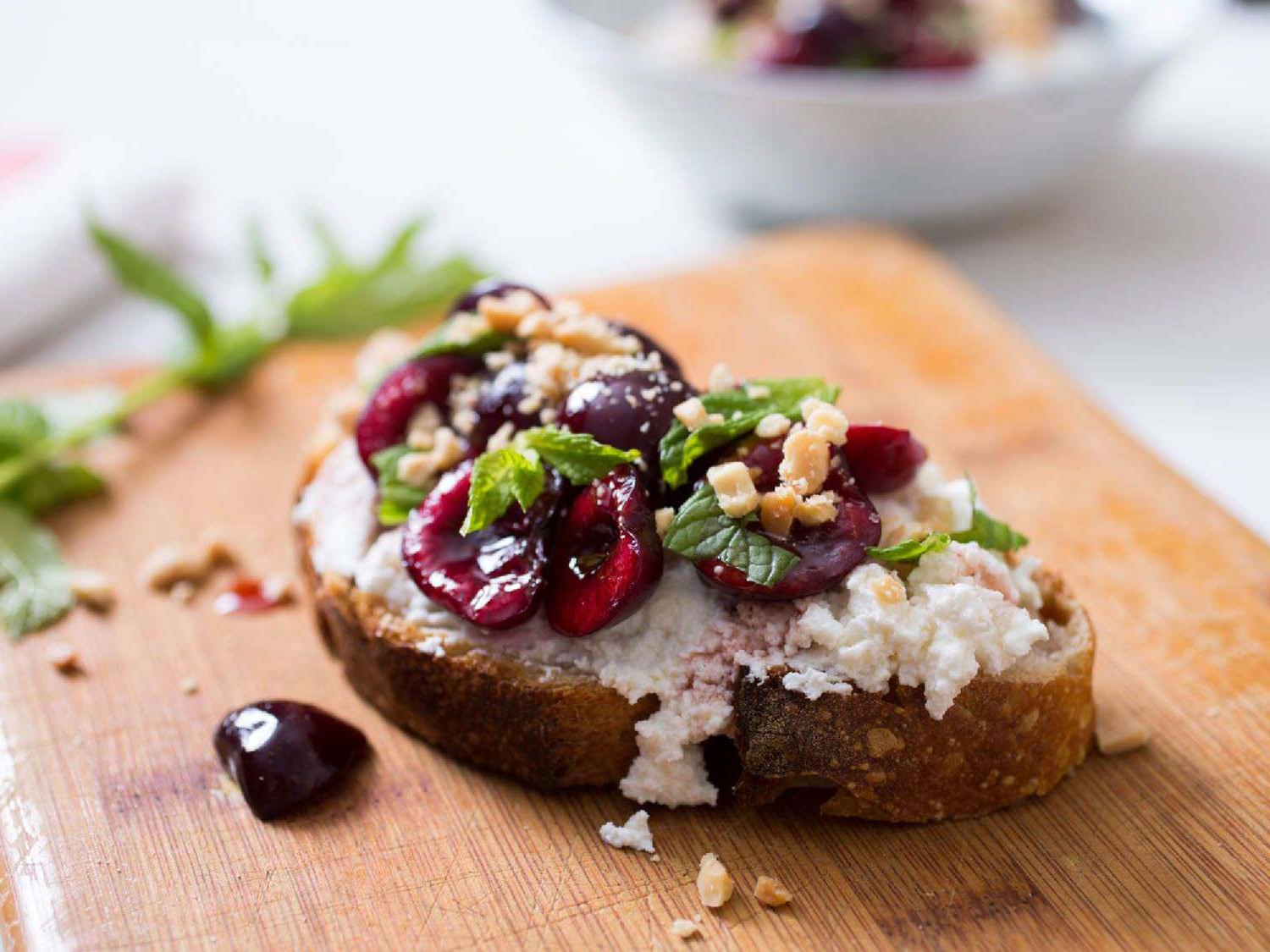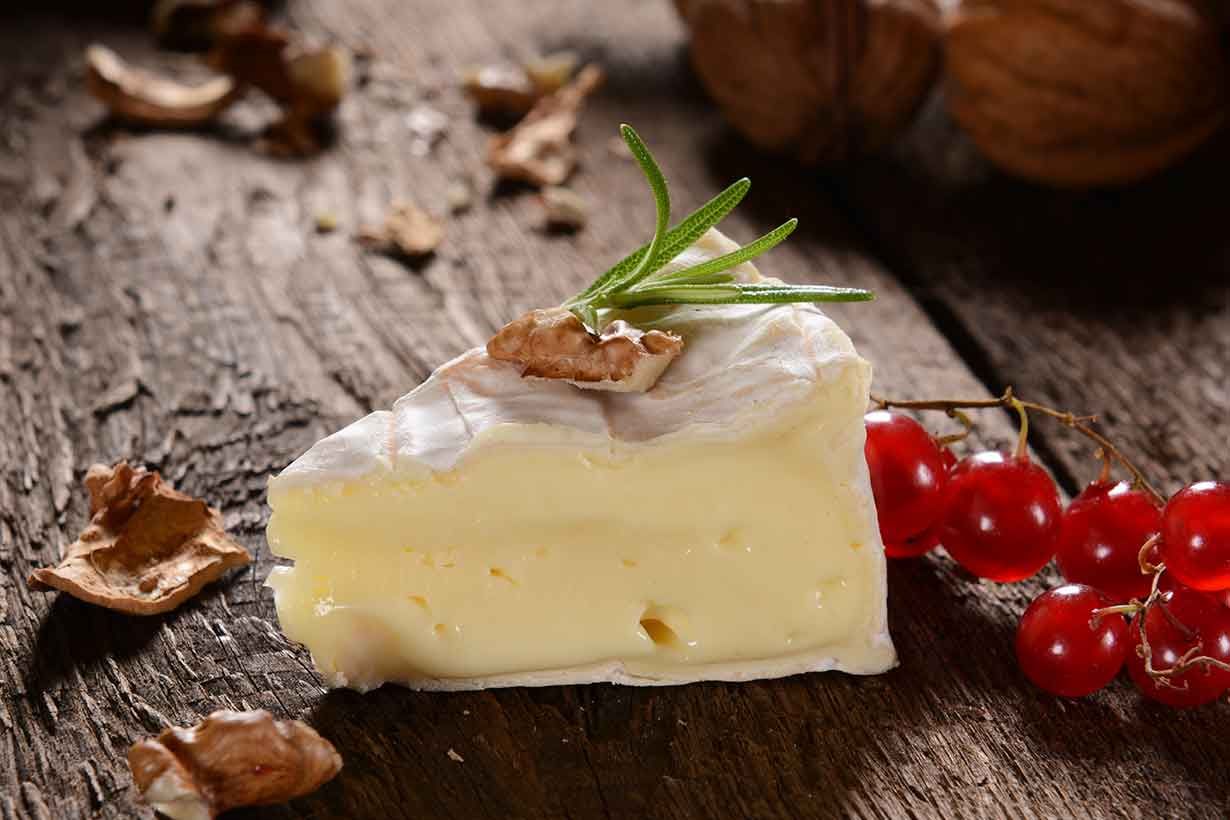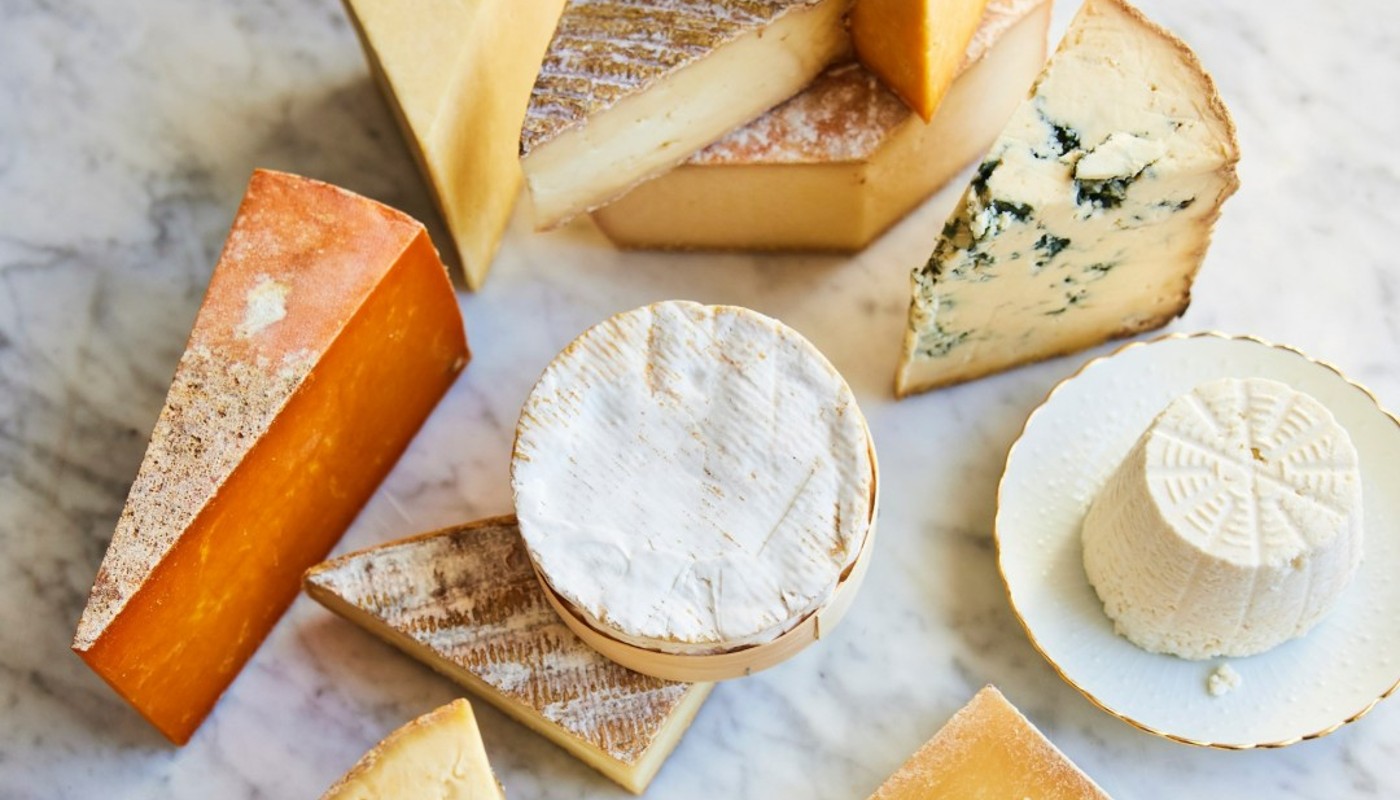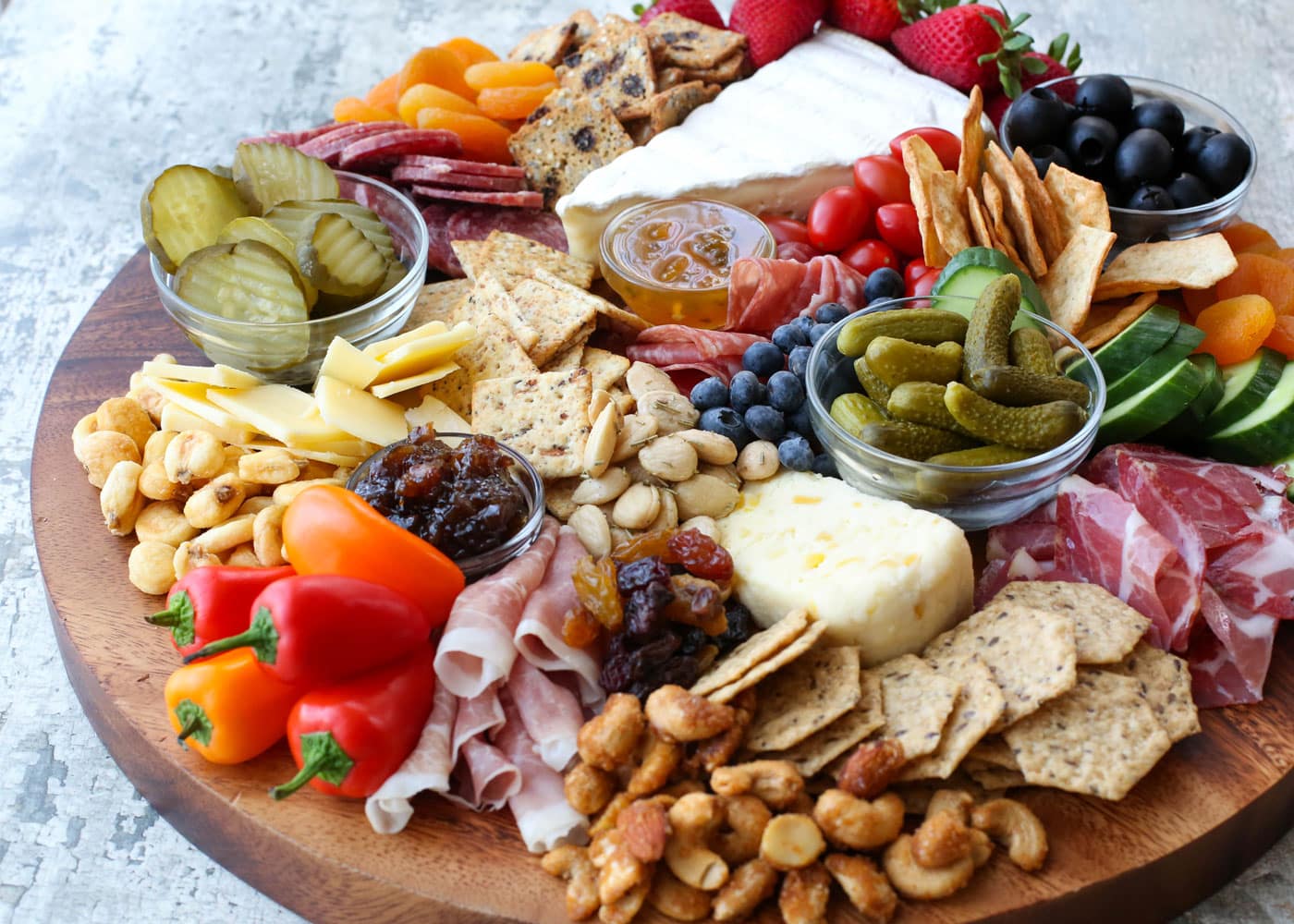Artisanal cheeses offer a rich tapestry of flavors and textures, crafted with care by skilled cheesemakers. Unlike mass-produced varieties, these cheeses often come from small farms using traditional methods. Each wheel tells a story of its region, from the lush pastures of France to the rolling hills of Vermont. Whether you prefer a creamy Brie, a tangy goat cheese, or a robust blue, there's an artisanal cheese to suit every palate. Join us as we explore the fascinating world of these handcrafted delights, learning about their origins, production processes, and the best ways to enjoy them.
Essential Ingredients for Artisanal Cheeses
Exploring the World of Artisanal Cheeses
- Milk (cow, goat, or sheep)
- Rennet (animal or vegetable-based)
- Cheese cultures (mesophilic or thermophilic)
- Salt (non-iodized)
- Calcium chloride (optional, for pasteurized milk)
- Herbs and spices (optional, for flavoring)
- Cheese wax (optional, for aging)
- Cheesecloth
- Cheese molds
- Thermometer
- Large pot
- Colander
- Cheese press (optional, for hard cheeses)
- Aging board (optional, for aging)
Tools Needed for Crafting Artisanal Cheeses
Tools Needed to Explore the World of Artisanal Cheeses
- Cheese Board: A sturdy surface for cutting and displaying cheeses.
- Cheese Knives: Different shapes for various cheese types.
- Soft Cheese Knife: For brie or camembert.
- Hard Cheese Knife: For cheddar or gouda.
- Crumbly Cheese Knife: For blue cheese or feta.
- Cheese Slicer: For even slices of semi-hard cheeses.
- Cheese Grater: For grating hard cheeses like parmesan.
- Cheese Markers: To label different cheeses on the board.
- Cheese Storage Paper: Keeps cheese fresh without drying out.
- Cheese Tasting Journal: To note flavors, textures, and pairings.
- Cheese Wire: For cutting soft or crumbly cheeses cleanly.
- Cheese Dome: Keeps cheese fresh while on display.
- Cheese Fondue Set: For melting and dipping cheeses.
- Cheesecloth: Useful for making homemade cheese.
- Thermometer: Ensures correct temperatures during cheese making.
- Cheese Press: For pressing curds into firm cheeses.
- Cheese Mold: Shapes cheese during the making process.
- Rennet: An enzyme used in cheese making.
- Cheese Culture: Bacteria that helps develop flavor and texture.
- Salt: Essential for flavor and preservation.
- Milk: The base ingredient for all cheeses.
- Pairing Items: Fruits, nuts, crackers, and wines to complement cheeses.
Artisanal cheeses offer unique flavors due to traditional methods. They often use local ingredients, resulting in distinct tastes. Explore varieties like Gouda, Brie, or Roquefort for a delightful experience.
Why Artisanal Cheeses Are Special
Artisanal cheeses offer unique flavors and textures, crafted with care by skilled cheesemakers. They use traditional methods, often passed down through generations. This dedication results in high-quality products that reflect the region's character. Supporting these cheeses helps preserve cultural heritage and promotes sustainable farming practices.
Step-by-Step Guide to Making Artisanal Cheeses
Exploring the World of Artisanal Cheeses
-
Understanding Artisanal Cheese
- Definition: Artisanal cheese is crafted using traditional methods, often by hand, and typically in small batches.
- Ingredients: High-quality milk from cows, goats, sheep, or buffalo.
- Process: Involves natural fermentation, aging, and minimal processing.
-
Types of Artisanal Cheese
- Fresh Cheese: Soft, unripened cheeses like Ricotta and Mozzarella.
- Soft-Ripened Cheese: Cheeses with a soft rind, such as Brie and Camembert.
- Semi-Hard Cheese: Includes Gouda and Cheddar, which have a firmer texture.
- Hard Cheese: Aged cheeses like Parmesan and Pecorino.
- Blue Cheese: Characterized by blue veins, such as Roquefort and Gorgonzola.
-
Selecting Artisanal Cheese
- Source: Purchase from local farmers' markets, specialty cheese shops, or reputable online stores.
- Seasonality: Some cheeses are best during specific seasons due to the natural diet of the animals.
- Texture and Flavor: Consider the desired texture (soft, semi-hard, hard) and flavor profile (mild, tangy, sharp).
-
Storing Artisanal Cheese
- Temperature: Store cheese in a cool, humid environment, ideally between 35-45°F.
- Wrapping: Use wax paper or cheese paper to allow the cheese to breathe. Avoid plastic wrap.
- Placement: Keep cheese in the vegetable drawer or a dedicated cheese box in the refrigerator.
-
Tasting Artisanal Cheese
- Preparation: Bring cheese to room temperature before tasting to enhance flavors.
- Order: Taste from mild to strong to avoid overwhelming the palate.
- Pairings: Pair with complementary foods like fruits, nuts, honey, and crackers. Consider beverages like wine, beer, or cider.
-
Cooking with Artisanal Cheese
- Melting: Use cheeses like Gruyère or Fontina for melting in dishes.
- Grating: Hard cheeses like Parmesan are perfect for grating over pasta or salads.
- Crumbles: Blue cheeses can be crumbled over salads or steaks for added flavor.
-
Exploring Regional Varieties
- France: Known for Brie, Camembert, and Roquefort.
- Italy: Famous for Parmesan, Mozzarella, and Gorgonzola.
- Spain: Offers Manchego and Mahon.
- United States: Artisanal producers create unique cheeses like Humboldt Fog and Rogue River Blue.
-
Learning from Experts
- Cheese Tasting Events: Attend local or virtual cheese tastings to learn from cheesemongers.
- Workshops: Participate in cheese-making workshops to understand the process.
- Books and Online Resources: Read books by cheese experts or follow online blogs and forums.
-
Supporting Artisanal Producers
- Buy Local: Support local cheesemakers by purchasing directly from them.
- Spread the Word: Share your favorite artisanal cheeses with friends and family.
- Join Cheese Clubs: Subscribe to cheese clubs that deliver artisanal cheeses to your door.
-
Experimenting with New Cheeses
- Try New Varieties: Regularly sample new types of artisanal cheese.
- Keep Notes: Maintain a cheese journal to track your favorites and tasting notes.
- Share Experiences: Discuss your discoveries with fellow cheese enthusiasts.
Savor the Flavor of Artisanal Cheeses
Artisanal cheeses offer a rich tapestry of flavors, textures, and stories. Each cheese tells a unique tale of its origin, from the lush pastures where the animals graze to the hands of the skilled cheesemakers. By choosing artisanal over mass-produced, you're not just enjoying a delicious treat but also supporting sustainable practices and local economies. Next time you're at a market or specialty store, take a moment to explore the variety of artisanal cheeses available. Try something new, pair it with your favorite wine or fruit, and savor the experience. Remember, the world of artisanal cheese is vast and ever-changing, so there's always something new to discover. Happy tasting!
Common Questions About Artisanal Cheeses
What makes artisanal cheeses different from regular cheeses?
Artisanal cheeses are crafted by hand using traditional methods. They often come from small farms or local producers, focusing on quality and unique flavors rather than mass production.
How should I store artisanal cheeses?
Keep them in the fridge, wrapped in wax paper or parchment paper, then place them in a plastic container. This helps maintain their moisture and flavor while allowing them to breathe.
Can you eat the rind on artisanal cheeses?
Most rinds are edible and add to the flavor experience. However, some might be too tough or strong-tasting. If unsure, try a small piece first.
What's the best way to serve artisanal cheeses?
Let them sit at room temperature for about 30 minutes before serving. This brings out their full flavor and texture. Pair with fruits, nuts, or a good bread for a complete experience.
How long do artisanal cheeses last?
It varies. Softer cheeses might last a week or two, while harder ones can last several weeks. Always check for mold or off smells, and when in doubt, toss it out.
Are artisanal cheeses healthier than regular cheeses?
They can be. Often made with fewer additives and preservatives, they might offer more natural nutrients. However, they can also be richer and higher in fat, so enjoy in moderation.
Can I cook with artisanal cheeses?
Absolutely! They can elevate dishes like pasta, salads, or even grilled cheese sandwiches. Just remember, their unique flavors might be best appreciated when used sparingly.
